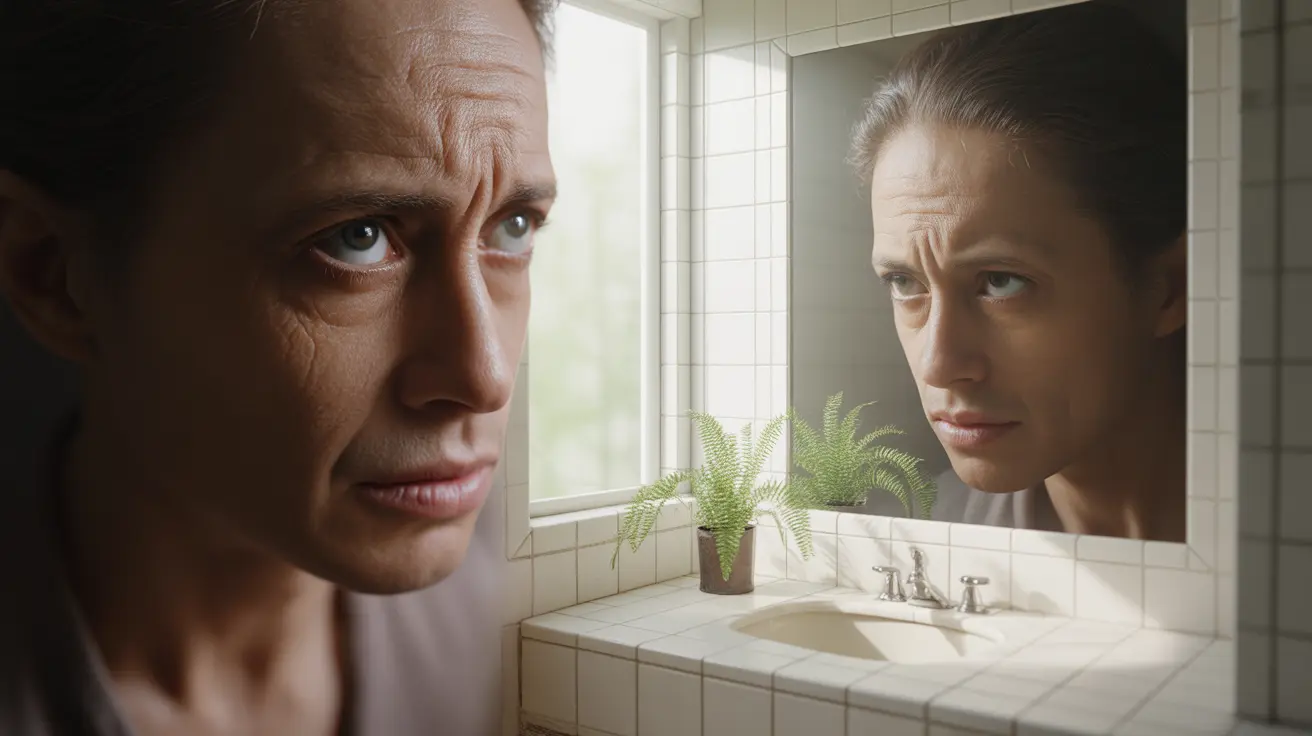Sunken eyes, also known as tear trough hollows or periorbital hollows, can significantly impact facial appearance and may signal various underlying health conditions. This common facial feature occurs when the area around the eyes appears hollow or darker than usual, creating a tired or aged appearance. Understanding the causes and available treatments is essential for addressing this concern effectively.
While some people naturally have more pronounced tear troughs due to genetics, various factors can contribute to or worsen the appearance of sunken eyes. This comprehensive guide explores the causes, symptoms, and treatment options available for managing this condition.
Common Causes of Sunken Eyes
Several factors can contribute to the development of sunken eyes:
Dehydration and Lifestyle Factors
Insufficient water intake and poor hydration are primary contributors to sunken eyes. When the body is dehydrated, it may retain water in certain areas while depleting others, making the eye area appear more hollow. Additionally, lack of sleep, excessive alcohol consumption, and smoking can worsen the appearance of sunken eyes.
Age-Related Changes
As we age, natural fat loss occurs in the face, including the area around the eyes. This volume loss can create a hollow appearance, making the eyes look more sunken. The natural breakdown of collagen and elastin also contributes to this effect.
Medical Conditions
Various health conditions can cause or contribute to sunken eyes, including:
- Allergies and sinus problems
- Thyroid disorders
- Autoimmune conditions
- Nutritional deficiencies
- Chronic diseases affecting fat distribution
Identifying and Assessing Sunken Eyes
Common signs of sunken eyes include:
- Dark circles under the eyes
- Hollow appearance around the eye area
- Visible bone structure around the eyes
- Shadows beneath the lower eyelids
- Tired or aged appearance
Treatment Options and Solutions
Non-Invasive Treatments
Several lifestyle modifications and non-invasive treatments can help improve the appearance of sunken eyes:
- Maintaining proper hydration
- Getting adequate sleep (7-9 hours nightly)
- Using cold compresses to reduce inflammation
- Applying eye creams containing retinol or hyaluronic acid
- Following a balanced, nutrient-rich diet
Medical and Cosmetic Interventions
For more significant concerns, professional treatments may include:
- Dermal fillers for volume restoration
- Platelet-rich plasma (PRP) therapy
- Chemical peels
- Laser treatments
- Fat transfer procedures
Prevention Strategies
To help prevent or minimize the appearance of sunken eyes:
- Stay well-hydrated throughout the day
- Protect the eye area from sun damage
- Maintain a consistent sleep schedule
- Manage underlying health conditions
- Use appropriate skincare products
Frequently Asked Questions
What are the most common causes of sunken eyes and how can I identify them?
The most common causes include dehydration, lack of sleep, aging, and genetic factors. You can identify sunken eyes by noticing a hollow appearance around the eye area, pronounced tear troughs, and darker circles under the eyes.
How can dehydration and lack of sleep contribute to the appearance of sunken eyes?
Dehydration reduces water content in the body's tissues, making the eye area appear more hollow. Poor sleep leads to fluid retention and circulation issues, causing the blood vessels under the eyes to become more visible and creating a sunken appearance.
What medical conditions might sunken eyes indicate and when should I see a doctor?
Medical conditions like thyroid disorders, autoimmune diseases, and nutritional deficiencies can cause sunken eyes. Consult a doctor if you notice sudden changes in eye appearance, experience other symptoms, or if the condition persists despite lifestyle improvements.
What lifestyle changes or treatments are effective for improving the appearance of sunken eyes?
Effective lifestyle changes include maintaining proper hydration, getting adequate sleep, eating a balanced diet, and using appropriate skincare products. Professional treatments like dermal fillers, PRP therapy, and chemical peels can provide more dramatic improvements.
Can genetics or aging alone cause sunken eyes, and what cosmetic options are available?
Yes, both genetics and aging can independently cause sunken eyes through natural fat loss and facial structure. Cosmetic options include temporary solutions like dermal fillers and more permanent procedures like fat transfer. Your healthcare provider can recommend the most suitable treatment based on your specific needs.




